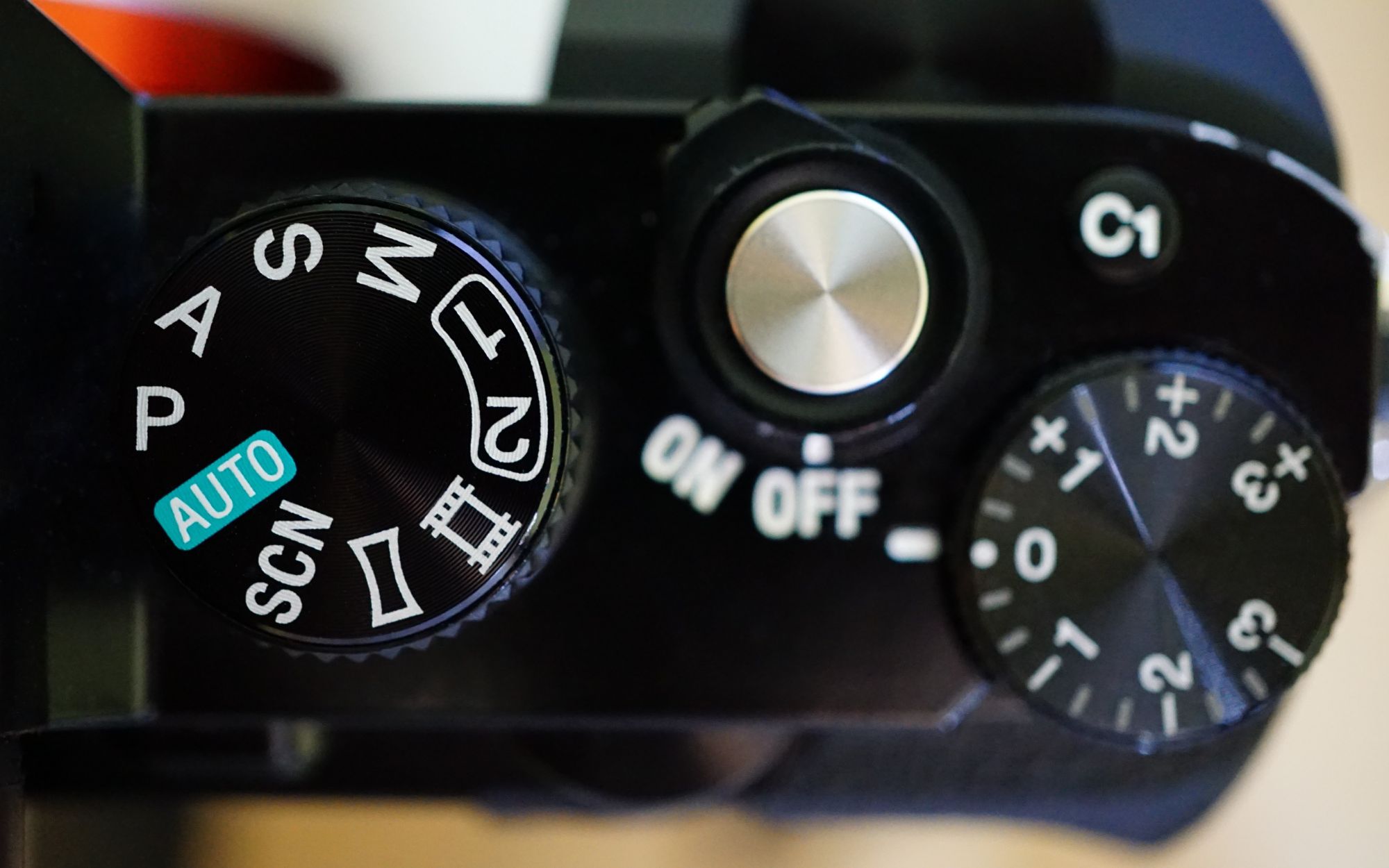The Basics
There are a few ways to take control of the quality of your images through the settings in your camera. In this article, we will do a rundown of some must-know settings of your camera and how you can change them to improve the quality of your photos.
ISO. It is the “International Organization of Standardization”. Changing the ISO setting on your camera will change how sensitive your camera sensor is to light. The higher the ISO the more likely there will be noise or grain in your photo. The lower the ISO, the less sensitive to light your camera is, and the cleaner your images will be. A higher ISO is only useful in clarifying elements in a dark shot otherwise, we recommend keeping your ISO at a low level.
Photo courtesy of ShareGrid
Shutter speed. Shutter speed is how long your camera takes taking a photo therefore, it is how long the sensor is exposed to light. Shutter speed affects the exposure and the appearance of motion in your shot. A long shutter speed results in motion blur and more exposure. Where objects moving in your image will appear blurred in the direction they are moving. This can be used to your advantage. If you are shooting “a fast car”, for example, you may opt to shoot at a long shutter speed in order to capture an appearance of noticeable movement. On the other hand, a short shutter speed means there is less time the object is exposed to light and the object will appear frozen without the appearance of motion and with less exposure.
Photo courtesy of William Daigneault (An example of long shutter speed)
Photo courtesy of Richard Hoskins (An example of short shutter speed)
Aperture. Aperture affects “the pupil” part of your camera lens. It can open or close to let more or less light in. A larger aperture will result in a brighter photograph. A larger aperture will also affect the focus of your image; as it will isolate the subject making it ideal for portrait photography. A smaller aperture will result in a darker image, as less light is let in. A smaller aperture will also not isolate any one object and rather keep the entire image from foreground to background equally in focus, making it an ideal option for landscape photography.
Photo courtesy of timJ (An example of a larger Aperture)
Photo courtesy of Claudio Testa (An example of a smaller aperture)


